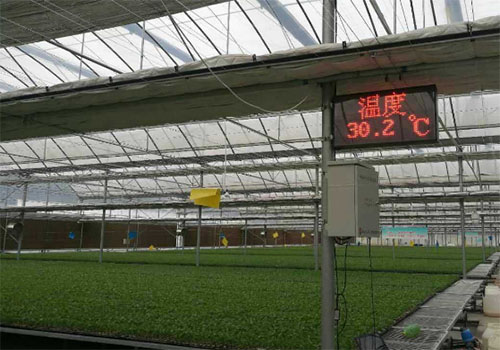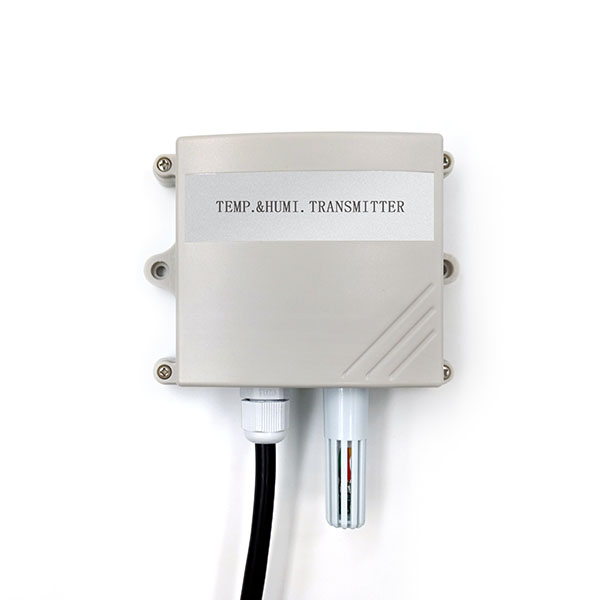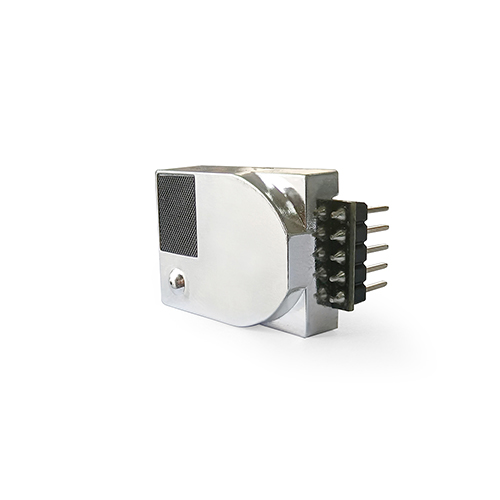Temperature and moisture sensors in agriculture applications
With the continuous development of science and technology, sensor technology has gradually become an indispensable part of modern agriculture. Not only does Agricultural co2 sensors play an important role in modern agriculture, but Temperature and moisture sensors in agriculture are also playing an increasingly important role. This paper will focus on Temperature and moisture sensors in agriculture applications, and its contribution to agricultural production.

Introduction to Temperature and Moisture Sensor Technology
A temperature and humidity sensor is a device that can measure changes in temperature and humidity simultaneously. It usually consists of a temperature sensor and a humidity sensor that monitors temperature and humidity changes in the environment and transmits the data to a computer or microcontroller for processing. Temperature and humidity sensor technology has a wide range of applications, including agriculture, industry, meteorology, medical and other fields.
In modern agriculture, temperature and humidity sensor technology is mainly used to monitor the environmental conditions in greenhouses to ensure a stable and suitable environment for crop growth. The application of this technology helps to improve the yield and quality of crops, reduce production costs, and also helps to realize the intelligent management of agriculture.
Temperature and moisture sensors in agriculture applications
1.Monitoring greenhouse environment
Temperature and humidity sensors can monitor the temperature and humidity changes in the greenhouse to help farmers adjust the greenhouse environment in a timely manner to ensure the growth of crops. For example, when the temperature is low in winter, the sensor can monitor the low temperature inside the greenhouse and automatically turn on the heating equipment to increase the indoor temperature; when the temperature is high in summer, the sensor can monitor the high temperature inside the greenhouse and automatically turn on the ventilation equipment to reduce the indoor temperature.
2.Adjust the irrigation system
Temperature and humidity sensors can also monitor the moisture content of the soil to help farmers adjust the irrigation system to achieve intelligent irrigation. When the moisture content in the soil is too low, the sensor can automatically turn on the irrigation system to replenish water; when the moisture content in the soil is too high, the sensor can automatically turn off the irrigation system to avoid excessive irrigation damage to crops.
3.Early warning system
Through the monitoring data of temperature and humidity sensors, farmers can set up an early warning system to detect abnormalities and take appropriate measures. For example, when the temperature in the greenhouse is too high or too low, the system will automatically issue an alarm to remind farmers to deal with it in time; when the moisture content in the soil is too high or too low, the system will also automatically issue an alarm to remind farmers to adjust the irrigation system.
4.Data Recording and Analysis
Temperature and humidity sensor technology can also help farmers record the environmental data in the greenhouse and analyze the data statistically. Through the analysis of the data, farmers can understand the environmental needs of crop growth, optimize greenhouse environmental management measures to improve crop yield and quality. At the same time, these data can also provide valuable data support for researchers and promote the development of agricultural science and technology.
Advantages and prospects of temperature and moisture sensors in agriculture technology
The application of temperature and moisture sensors technology in modern agriculture has many advantages. Firstly, it can help farmers realize precise control of the greenhouse environment and improve the growth quality and yield of crops. Secondly, the application of this technology helps to reduce the cost of agricultural production and improve the efficiency of agricultural production. Finally, temperature and humidity sensor technology can also help farmers realize intelligent management and improve the management level of agricultural production.
In the future, with the continuous development of science and technology, temperature and humidity sensor technology will be more mature and intelligent. It will play a more important role in modern agriculture, providing more accurate and efficient technical support for agricultural production. At the same time, the application of this technology will also promote the transformation and upgrading of agriculture and green development. Therefore, we have reason to believe that the application prospect of Temperature and moisture sensors in agriculture in modern agriculture will be very broad.







